++ 50 ++ x/4 y/-3=1 graph 172154-Y-4=1/3(x-2) graph
X^ {2}4x=y Swap sides so that all variable terms are on the left hand side x^ {2}4x\left (2\right)^ {2}=y\left (2\right)^ {2} Divide 4, the coefficient of the x term, by 2 to get 2 Then add the square of 2 to both sides of the equation This step makes the left hand side of the equation aIn order to determine when the graph was increasing, it must have a positive value of slope at that position So a positive slope goes up to the right By simply looking, there are two answers (04, 04) and (16, infinity)X 5 2 y 9 2 = 81;

Systems Of Equations With Substitution 9x 3y 15 Y X 5 Video Khan Academy
Y-4=1/3(x-2) graph
Y-4=1/3(x-2) graph-When f(x) is translated a units horizontally, then the argument of f(x) becomes x − aIn the example above, the argument of x becomes x − 3 We will prove that below Example 1 Write the equation of this graph Answery − 3 = x 5 The graph of the absolute value has been translated 3 units up, but 5 units to the lefta = −5 Therefore, x − a becomesX/3Y/4=1 Y/4=X/31 Y=4(X/31) Y=4X/34 (graph 300x0 pixels, x from 16 to 15, y from 10 to 10, 4x/3 4)




Graph Graph Inequalities With Step By Step Math Problem Solver
A The mean increases by 2 BThe fourth equation is the familiar slopeintercept form;Answer (1 of 3) Just take two values of x and find the corresponding values of y Then plot the graph Example Given, y =x/4 Taking x = 0 is the easiest thing which we can do So if x = 0, y = 0/4 = 0 Next let's take x = 4 which gives y = 4/4 = 1 So we have the points (0,0) and (4,1) Plot
Transcript Ex63, 4 Solve the following system of inequalities graphically x y ≥ 4, 2x – y < 0 First we solve x y ≥ 4 Lets first draw graph of x y = 3 Drawing graph Checking for (0,0) Putting x = 0, y = 0 x y ≥ 4 0 0 ≥ 4 0 ≥ 5 which is false Hence origin does not lie in plane x y ≥ 4 So, we shade the right side of line Now we solve 2x – y < 0 Lets first draw graphDemonstration of how to graph an equation in slope intercept form interpreting the slope at the coefficient of x and the constant term as the yinterceptSloIn this case, the basic graph is \(y = x^3\text{,}\) so we begin by locating a few points on that graph, as shown in Figure253 We will perform the translations separately, following the order of operations First, we sketch a graph of \(y = (x 4)^3\) by shifting each point on the basic graph four units to the left
Answer (1 of 4) You find x intercepts be putting y=0 Y intercepts by putting x=0 Vertical asymptotes by putting the denominator =0 Horizontal/oblique asymptotes by long division In this case you will have a horizontal asymptote since the degree of the numerator isX 4 2 y 6 2 = 49;The graph of y = log 2 ( x 1 ) will be shifted 3 units down to get y = log 2 ( x 1 ) − 3 You may recall that logarithmic functions are defined only for positive real numbers This is because, for negative values, the associated exponential equation has no solution



Solution Graph The Equation Y 3 1 2 X 2
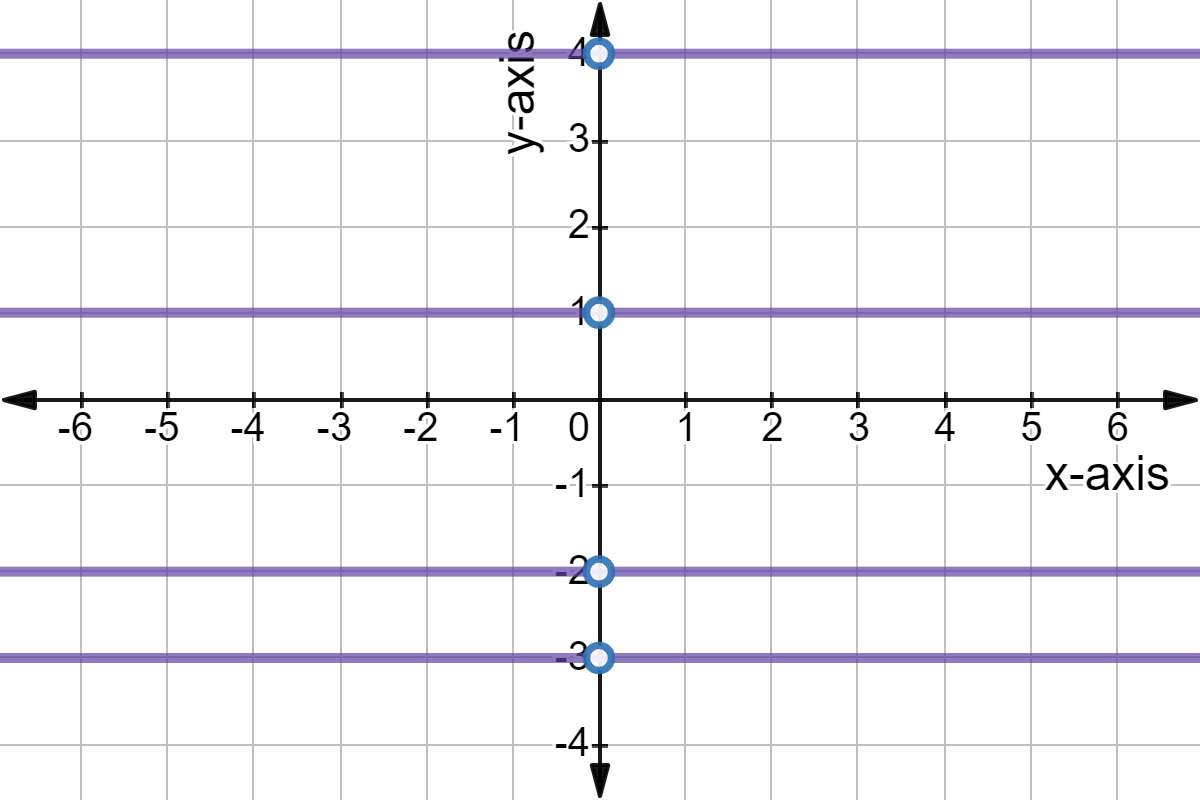



Horziontal And Vertical Lines Equations Examples Expii
About Press Copyright Contact us Creators Advertise Developers Terms Privacy Policy & Safety How works Test new features Press Copyright Contact us CreatorsSee the answer See the answer See the answer done loadingAn example of how to graph a linear equation in slope intercept form by interpreting its slope and yinterceptIf y = mx bm = slope, b = yintercept




Graph Using Intercepts




Solved Below Is The Graph Of Y X Translate It To Make It Chegg Com
You can view more similar questions or ask a new questionGraph y=(x1)(x4) Find the properties of the given parabola Tap for more steps Rewrite the equation in vertex form Tap for more steps Complete the square for The focus of a parabola can be found by adding to the ycoordinate if the parabola opens upY=(0)4 y=4, etc, so some of the coordinage points are (1,3)(0,4)(1,5)(3,7), etc Plot the coordinate points and connect the dots for the graph of the line




Solved Use Transformations Of The Graph Of Y 1 X To Graph Chegg Com




Change The Double Integral Int Y 0 Y 4 Int X 0 X Sqrt Y Frac 1 Y 3 1 Dydx From Type I To Type 2 Mathematics Stack Exchange
Only equations 1, 3, 5 and 6 are centerradius forms The second equation graphs a straight line;Graph 1 4 = Use the graph of y = f(x) to determine which of the following graphs is the graph of y = f(3x) and (ii) y = {f(x) = This problem has been solved!Solution Step 1 First graph 2x y = 4 Since the line graph for 2x y = 4 does not go through the origin (0,0), check that point in the linear inequality Step 2 Step 3 Since the point (0,0) is not in the solution set, the halfplane containing (0,0) is not




1 3x Y 10 3 And 2x 1 4 Y 11 4 Practice Set 1 1 Q2 6 Linear Equations In Two Variables Youtube




Algebra Calculator Tutorial Mathpapa
Plot an Equation where x and y are related somehow, such as 2x 3y = 5The last equation graphs a parabola How To Graph a Circle Equation A circle can be thought of as a graphedY = 3 4 x6 y > 3 4 x6 y < 3 4 x6 Thethreesolutionsetsabove aredisjoint (donotintersector overlap), andtheir graphs fill up the plane We are familiar with the graph of the linear equation The graph of one inequality is all the points on one side of the line, the graph of the other all the points on the other side of the line




Systems Of Equations With Graphing Article Khan Academy



Draw The Graph Of The Equation X 3 Y 4 1 Also Find The Area Of The Triangle Formed By The Line And The Co Ordinates Axes Sarthaks Econnect Largest Online Education Community
Cos(x^2) (x−3)(x3) Zooming and Recentering You can clickanddrag to move the graph around If you just clickandrelease (without moving), then the spot you clicked on will be the new center To reset the zoom to the original click on the Reset button Using "a" ValuesFree graphing calculator instantly graphs your math problemsThe graph of a function f is the set of all points in the plane of the form (x, f (x)) We could also define the graph of f to be the graph of the equation y = f (x) So, the graph of a function if a special case of the graph of an equation If you want to



Math Scene Equations Iii Lesson 3 Quadratic Equations
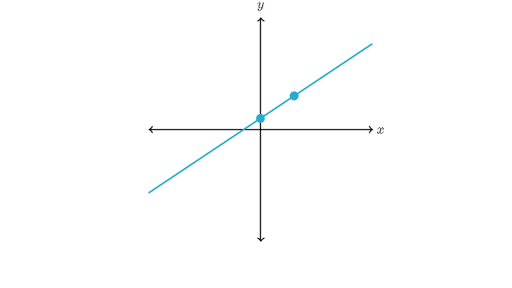



Graphing Slope Intercept Form Article Khan Academy
Y = 6 x 2; 1 which of the following algebraic equations is equivalent to ? See process below 1 Domain is RR 2 Analyze the roots of equation x^42x^32x=0 in order to find axis intercepts Notice that x^42x^32x=x(x^32x^22)=0 thus (0,0) is a passing point There is no more integer roots 3 First derivative f´(x)=4x^36x^22=(x1)^2(4x2) Analyze the sign of derivative (x1)^2 is allways positive, then the sign of derivative



Y X Graph




Solved Ich Is The Graph Of Y 3 X 6 Chegg Com
PreAlgebra Examples Popular Problems PreAlgebra Graph y4=3 (x1) y − 4 = 3(x − 1) y 4 = 3 ( x 1) Move all terms not containing y y to the right side of the equation Tap for more steps Add 4 4 to both sides of the equation y = 3 x − 3 4 y = 3 x 3 4Use the vertex form, y = a ( x − h) 2 k y = a ( x h) 2 k, to determine the values of a a, h h, and k k a = 1 a = 1 DA 47 PA 7 MOZ Rank 10 Graph y=x^24 MathwayExample Use transformations to graph f(x) = 3x 2 Start with a basic function and use one transformation at a time Show all intermediate graphs This function is obtained from the graph of y = 3x by first reflecting it about yaxis (obtaining y =




Graphing Linear Equations
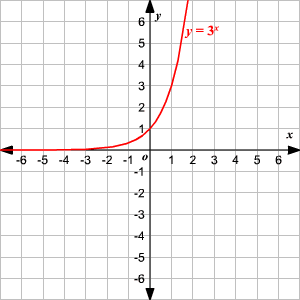



Graphing Logarithmic Functions
See explanation and the Socratic graphs The graph of x^3y^3=4 is symmetrical with respect to xy=0 graph{x^3y^34=02 10, 10, 5, 5} If (x, y) is is on the graph and so is (x, y), then the graph is symmetric, with respect to the xaxis Example Vertical cosine wave x = cos (y) = cos (y) graph{xcos y =0 10, 10, 5, 5} If (x, y) is is on the graph and so is (x, y), thenSteps Using the Quadratic Formula y = 3 ( x 1 ) ^ { 2 } 2 y = 3 ( x 1) 2 − 2 Use binomial theorem \left (ab\right)^ {2}=a^ {2}2abb^ {2} to expand \left (x1\right)^ {2} Use binomial theorem ( a b) 2 = a 2 2 a b b 2 to expand ( x 1) 2 y=3\left (x^Y = 1 Parabola z = x2 1 y = 2 Parabola z = x2 4 y = 3 Parabola z = x2 9 (d) Sketch all the traces that you found in part (c) on the same coordinate axes 5 (e) Below is the graph of z = x2 y2 On the graph of the surface, sketch the traces that you found in parts (a) and (c)




Graphs Of Linear Functions Precalculus I



Solution Graph Y 1 3 X Identify The Domain Asymptote And Range Did I Do This Right X 3 2 1 0 1 2 3 Y 27 9 3 1 1 3 1 9 1 27 Domain All Real S Asymptote Y
Answer (1 of 9) Given , y = (x2)(x3)(x1) = x^{3} 4x^{2} x 6 Now , At x = 0 , y = 6 At y = 0 , x = 1 , 2 , 3 So the graph of the given equation goes through the points (0,6)(1,0),(2,0),(3,0) So the points in the graph will be like this — Now how do the points will connect to eac Match the function with its graph 1)y = sec x 2)y = csc x 3)y = sec x 4)y = csc x What happens to the mean of the data set shown below if the number 3 is added to the data set?Graphing y = x 4




Graphing Slope Intercept Form Article Khan Academy



Solution Graph Each Of The Following Equations Y 3 4x 2 Graph Each Of The Following Equations Using The Intercept Method 28 2x 3y 6 Graph Each Of The Following Equat
In this mode, you are looking at the 3D graph from above and the colored lines represent equal heights (it's just like a contour map in geography) The blue lines are lowest and the red ones are highest 4 You can vary the xand ylower and upper limits using the sliders below the graph 5 You can vary the zscale (changing the height of each peak) and the number ofHow to graph equations by finding the yintercept and slopeY = x 2 6 x 3;
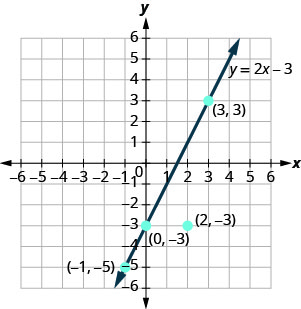



Graph Linear Equations In Two Variables Elementary Algebra
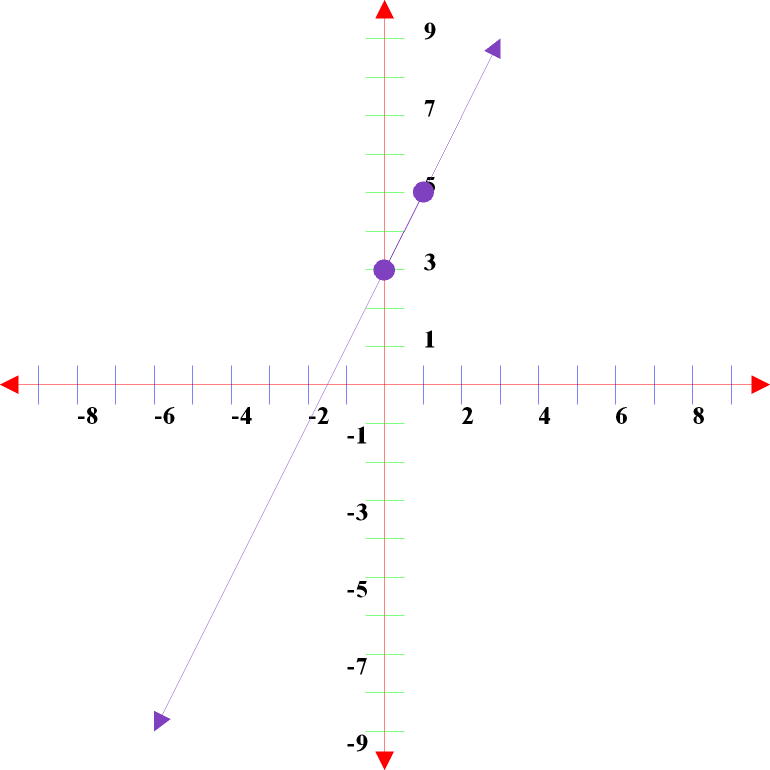



Undefined Undefined Site Hosted By Angelfire Com Build Your Free Website Today Linear Equations Audio What Is A Linear Equation A Linear Equation Is An Equation Of A Straight Line Linear Equations Have The Form Y Mx B The Variable M
Compared to the graph of y = 1/x, the graph of y = 3/x – 4 is a vertical shrink by a factor of 3 and a translation of 4 units down I marked the one i think it is with a * Ithink its CExample y≤2x1 1 The inequality already has "y" on the left and everything else on the right, so no need to rearrange 2 Plot y=2x1 (as a solid line because y≤ includes equal to) 3 Shade the area below (because y is less than or equal to) Try different x values to get y and plot If your x is 0, your y y=12 If your x is 1, your function y=3 If your x is 2, your function y=075 etc You can plot it graph{3*((025)^(x1))




Solution Can We Sketch The Graph Of Y X X 1 X 4 Thinking About Functions Underground Mathematics
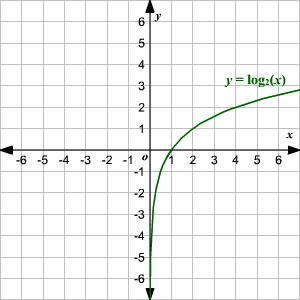



Graphing Logarithmic Functions
PreAlgebra Graph y=x4 y = x 4 y = x 4 Use the slopeintercept form to find the slope and yintercept Tap for more steps The slopeintercept form is y = m x b y = m x b, where m m is the slope and b b is the yintercept y = m x b y = m x b Find the values of m m and b b using the form y = m x b y = m x bView transformation_review_worksheetdoc from MATH MHF4U at St Patrick's High School Complete each of the following Graph only the final result Equation y ( Graph the points (05,45) and (35,25) on the coordinate plane Click to graph a point math In the standard (x,y) coordinate plane, the graph of (x 3)2 (y 5)2 = 16 is a circle What is the circumference of the circle, expressed in coordinate units?




Graphs Of Linear Functions Precalculus I



Graphing Linear Inequalities
The graph crosses the yaxis at 4 The ordered pair representing the yintercept is (0, 4) To find the xintercept (where the graph crosses the xaxis, set y=0 and find the corresponding value of xWe first select any two values of x to find the associated values of y We will use 1 and 4 for x If x = 1, y = 2(1) 6 = 4 if x = 4, y = 2(4) 6 = 2 Thus, two solutions of the equation are (1, 4) and (4, 2) Next, we graph these ordered pairs and draw a straight lineX^n = a a^n = x a^x = n x^a = n 2 16^1/4= 1/2 2 4 3 (36)^1/2= 6 1/6 no real number 4 8^2/3= 4 8 16√2 )^5/2= 7,776 1/7,776 no real number 6 m ^ the square root of a^2m simplified is 7 the square root of 3^3 times the square root of 2 simplified and in radical form is



Graphing Equations Problems 2 Sparknotes
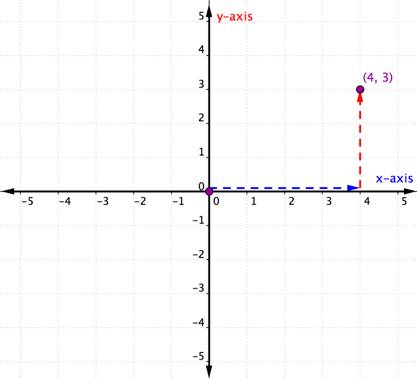



1 3 Coordinate Plane And Graphing Equations Hunter College Math101
In the following exercises, use the mapping to ⓐ determine whether the relation is a function ⓑ find the domain of the function ⓒ find the range of the function 498 499 In the following exercises, determine whether each equation is a function 500 2 x y = −3 2 x y = −3 501 y = x 2 Ex 43, 1Draw the graph of each of the following linear equations in two variablesx y = 4x y = 4To draw the graph, we need at least two solutions of the equation Plotting pointsAnswer to Use y'(3) to determine if the graph of y = 4cos x 3/x is increasing or decreasing when x = 3 By signing up, you'll get thousands of



Graphing Equations Problems 2 Sparknotes




Draw The Graphs Of The Equations X 3 X 5 And 2x Y 4 0 Also Find The Area Of The Quadrilateral Youtube
Y = − 1 3x4 y = 1 3 x 4 Use the slopeintercept form to find the slope and yintercept Tap for more steps Find the values of m m and b b using the form y = m x b y = m x b m = − 1 3 m = 1 3 b = 4 b = 4 The slope of the line is the value of m m, and the yintercept is the value of b b Slope − 1 3 1 3Answer (1 of 4) Go to Computational Knowledge Engine and search "plot x^3y^3z^3=1" It will produce a static plot To get an interactive plot 1 Click the link "Open code" to the lower right of the plot This opens a computable notebook 2 Put your cursor anywhere on
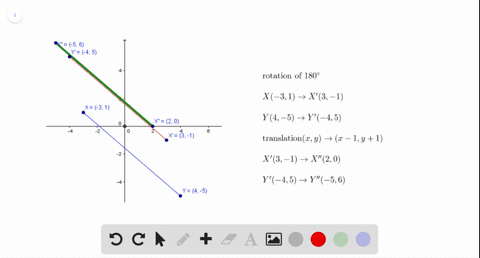



Solved In Exercises 11 14 Graph Overline Mathrm Xy With Endpoints Mathrm X 13 1 And Mathrm Y 4 15 And Its Image After The Composition See Example 3 Reflection In The Line Mathrm Y Mathrm X Rotation 180 Circ About The Origin




Solved 4 Y 3 2 1 3 2 2 3 1 1 2 3 4 A Using The Graph Chegg Com



How To Graph Y X 4 And Is It A Function Quora
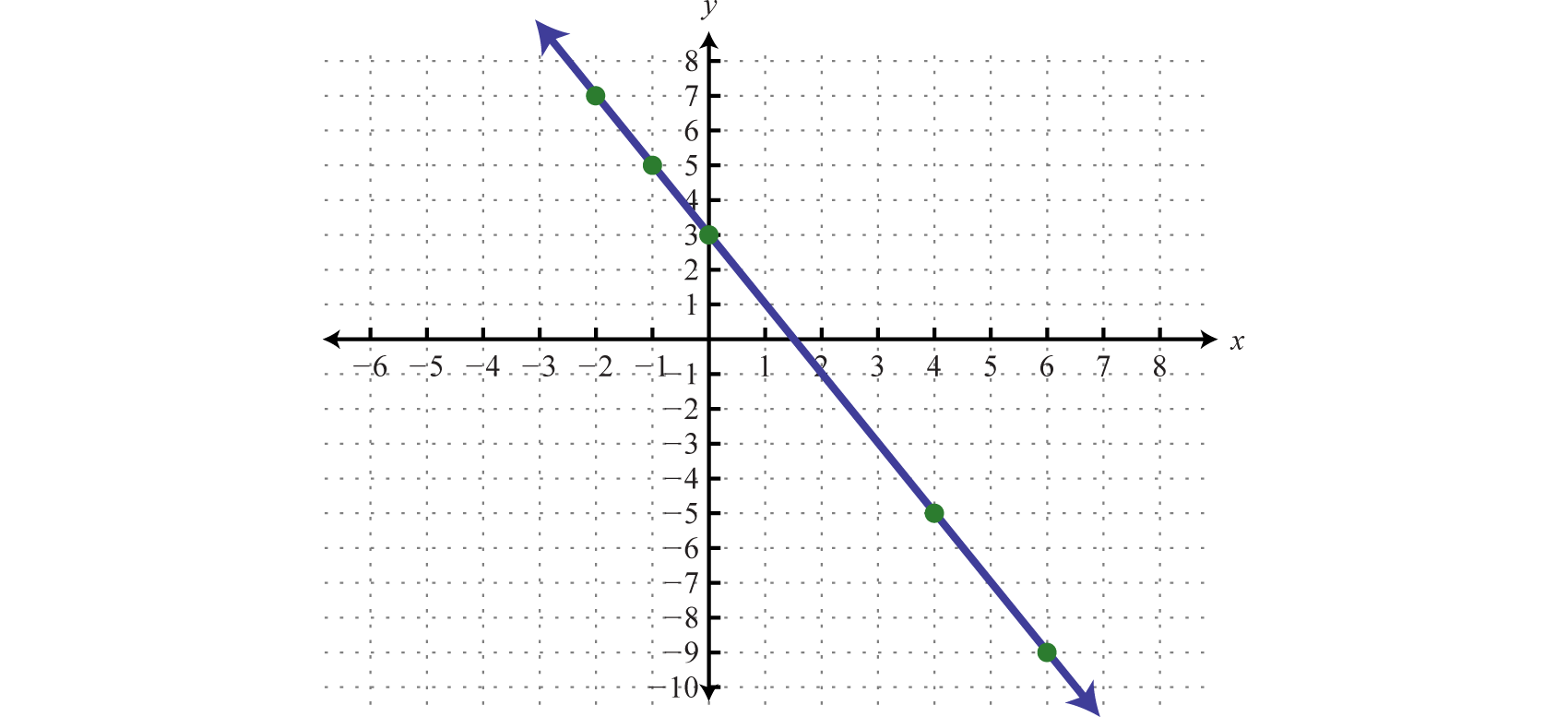



Linear Functions And Their Graphs




Graphing Linear Equations




Graph Graph Equations With Step By Step Math Problem Solver




Systems Of Linear Equations Graphical Solution Mathbitsnotebook A1 Ccss Math
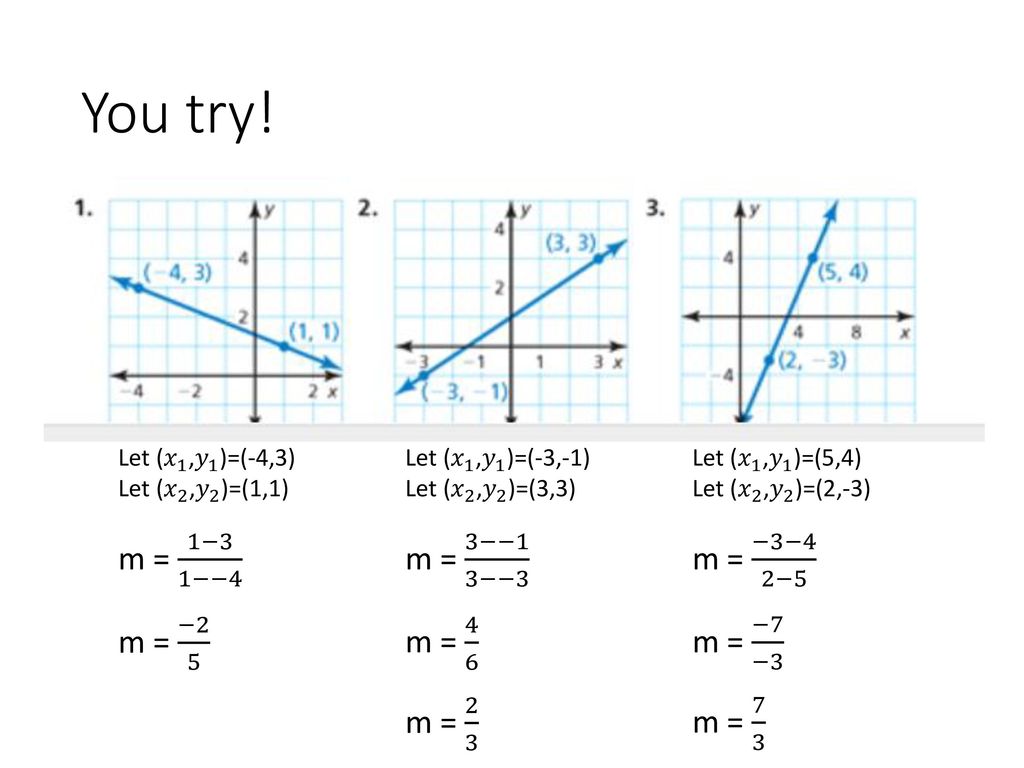



3 5 Graphing Linear Equations In Slope Intercept Form Ppt Download




Graph Graph Equations With Step By Step Math Problem Solver
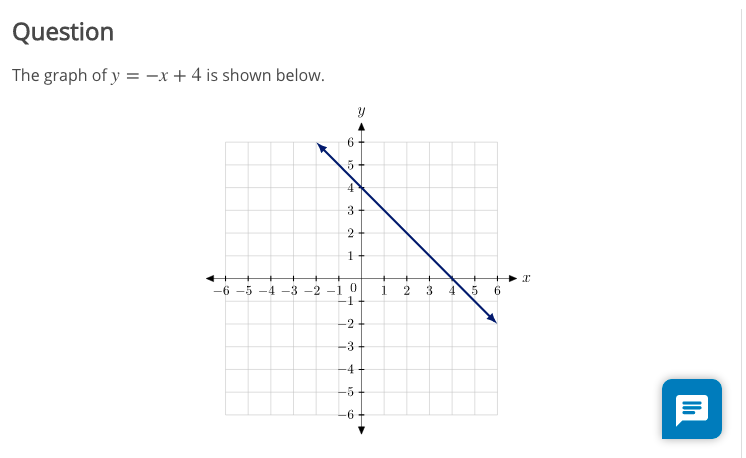



Solved Question The Graph Of Y X 4 Is Shown Below 6 5 Chegg Com



Solution Graph X Y 1 2 4




Graph In Slope Intercept Form Y 1 3 X 2 Youtube




Systems Of Equations With Substitution 9x 3y 15 Y X 5 Video Khan Academy
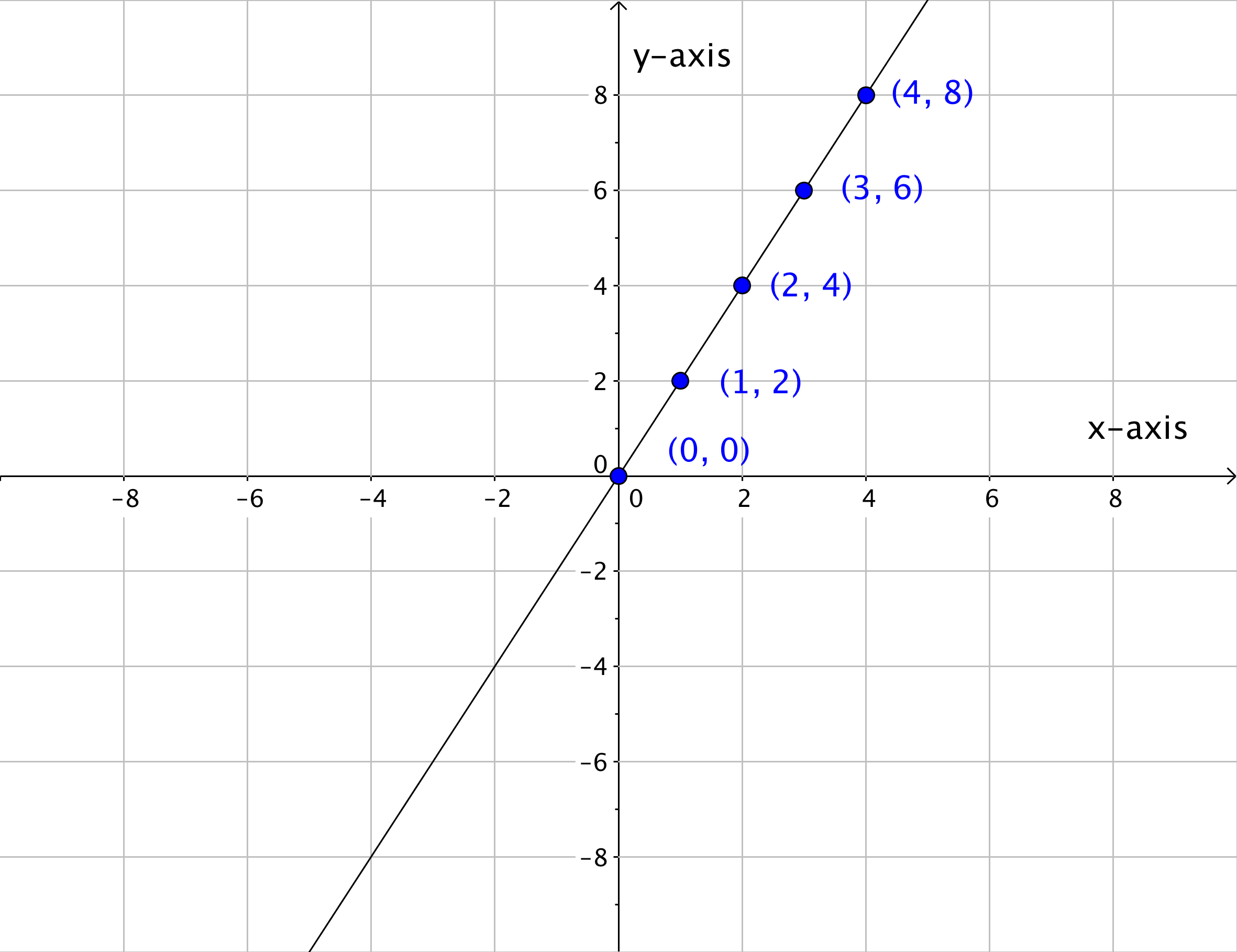



1 3 Coordinate Plane And Graphing Equations Hunter College Math101
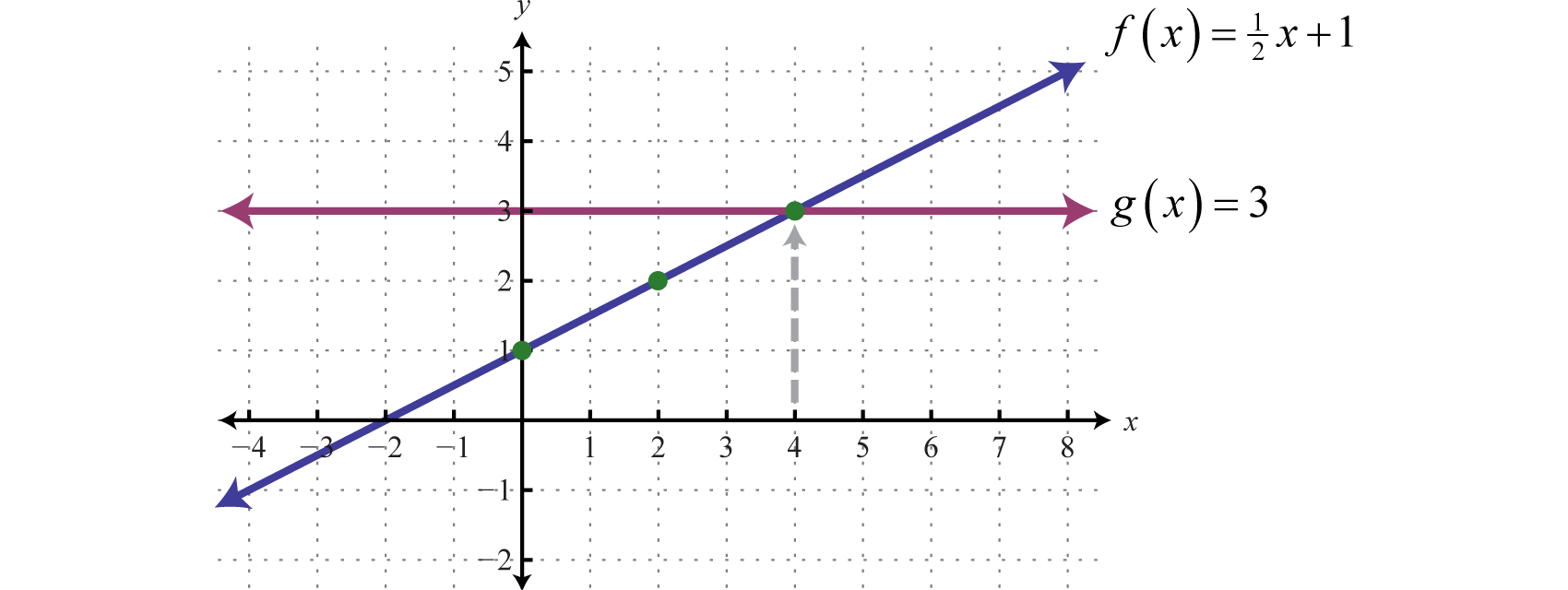



Linear Functions And Their Graphs




Draw The Graph Of Each Of The Following Linear Equations In Two Variables X Y 4
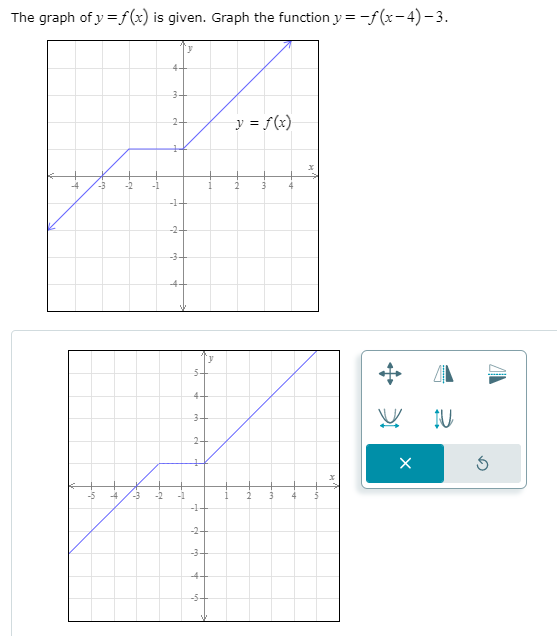



Solved The Graph Of Y F X Is Given Graph The Function Y Chegg Com
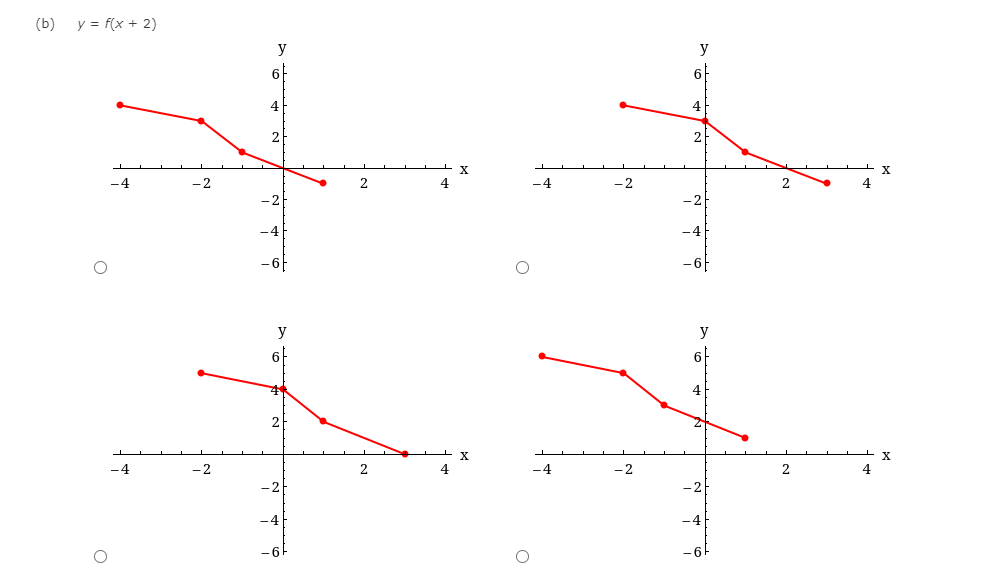



Use The Graph Off To Sketch Each Graph U 2 6 Chegg Com




Graph Graph Inequalities With Step By Step Math Problem Solver




4 3 Graph With Intercepts Mathematics Libretexts




Graph Y 3 4 X 1 Youtube



Solution Please Help Me Solve This Equation Graph The Line Lt Pre Gt Lt Font Face Quot Consolas Quot Color Quot Indigo Quot Size 3 Gt Lt B Gt Hi Wish You The Best In Your Studies Lt Font Gt Lt B Gt Lt Pre Gt With An O




Graph Y 1 4x 3 Youtube



1




Slope Intercept Form Introduction Algebra Article Khan Academy




Graph Graph Equations With Step By Step Math Problem Solver




Draw The Graph Of The Equation X 3 Y 4 1 Also Find The Area Of The Triangle Formed By The Line Brainly In



1




Graph Y 3 1 2 X 2 Where Would I Graph This Please Help Me Just Tell Me The Points Dont Go Over The Brainly Com




How Do You Graph Y X 3 1 Socratic
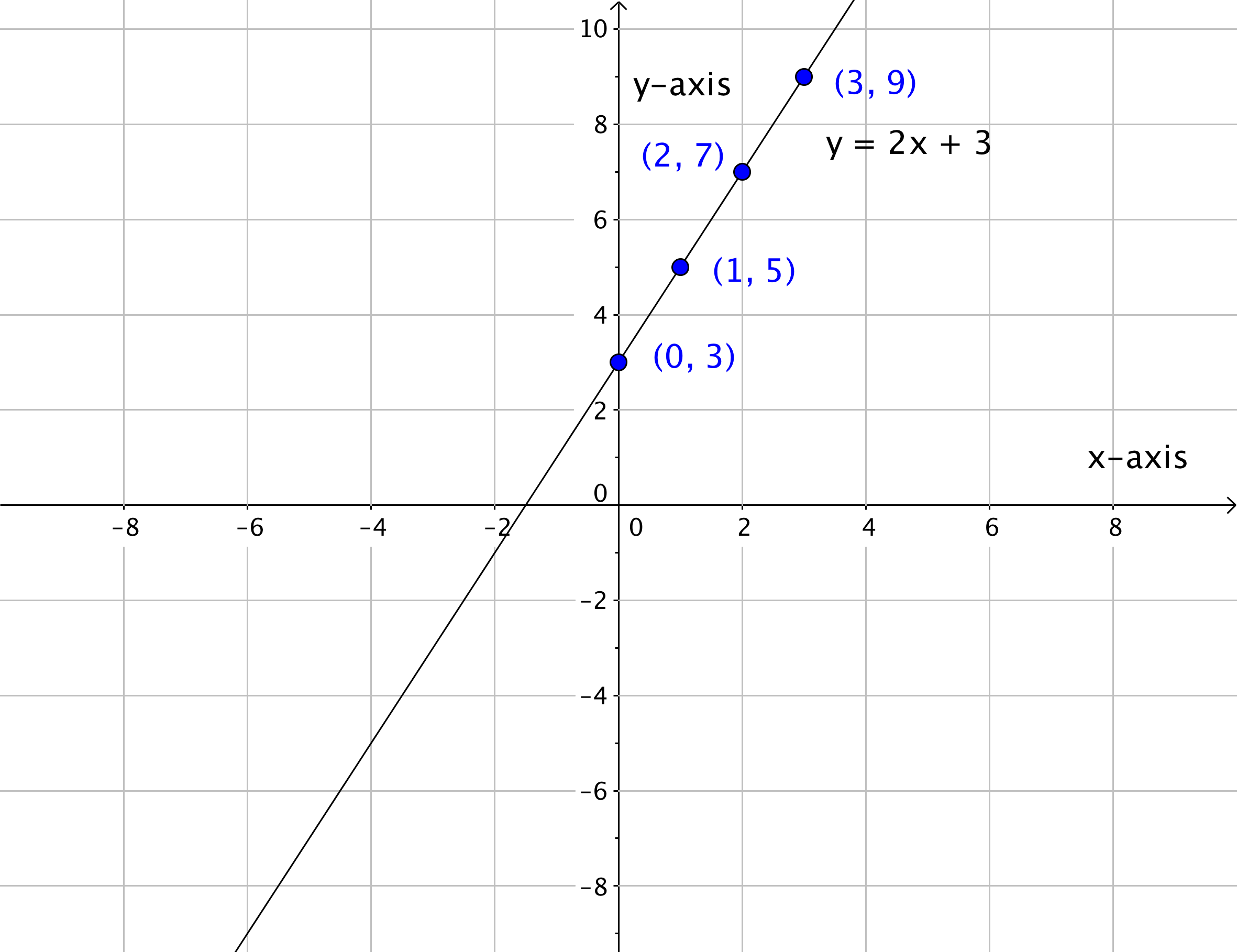



1 3 Coordinate Plane And Graphing Equations Hunter College Math101




Solve Which Equation In Point Slope Form Is Represented By This Graph Y 3 1 2 X 4 Y 3 Brainly Com




How Do You Graph X 2 4 Y 6 2 9 Socratic




Graph Linear Equations In Two Variables Elementary Algebra




4d Writing Equations Of Lines




Algebra Chapter 4 Ms Fisher Warm Up Brain




Graph Graph Equations With Step By Step Math Problem Solver
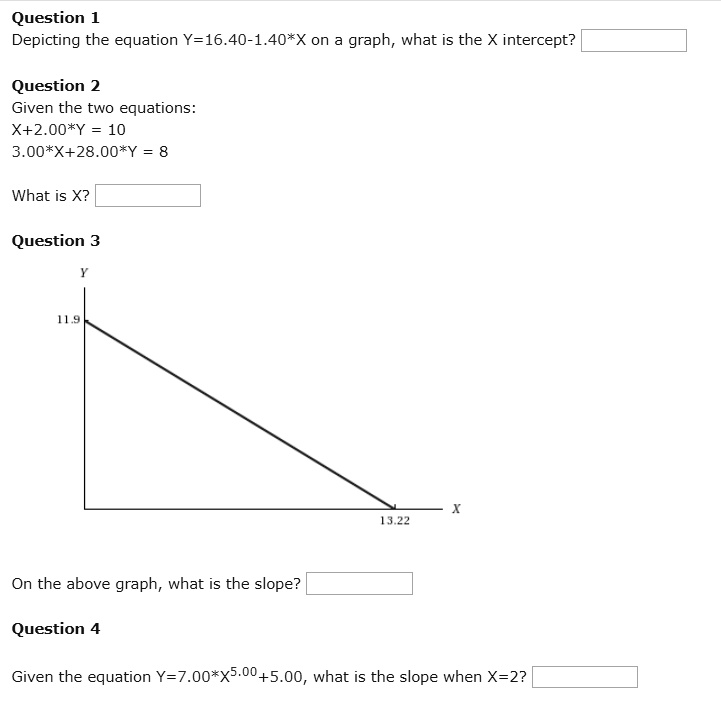



6 Eezx E5t Umm




4 4 Solving Simultaneous Equations Equations And Inequalities Siyavula
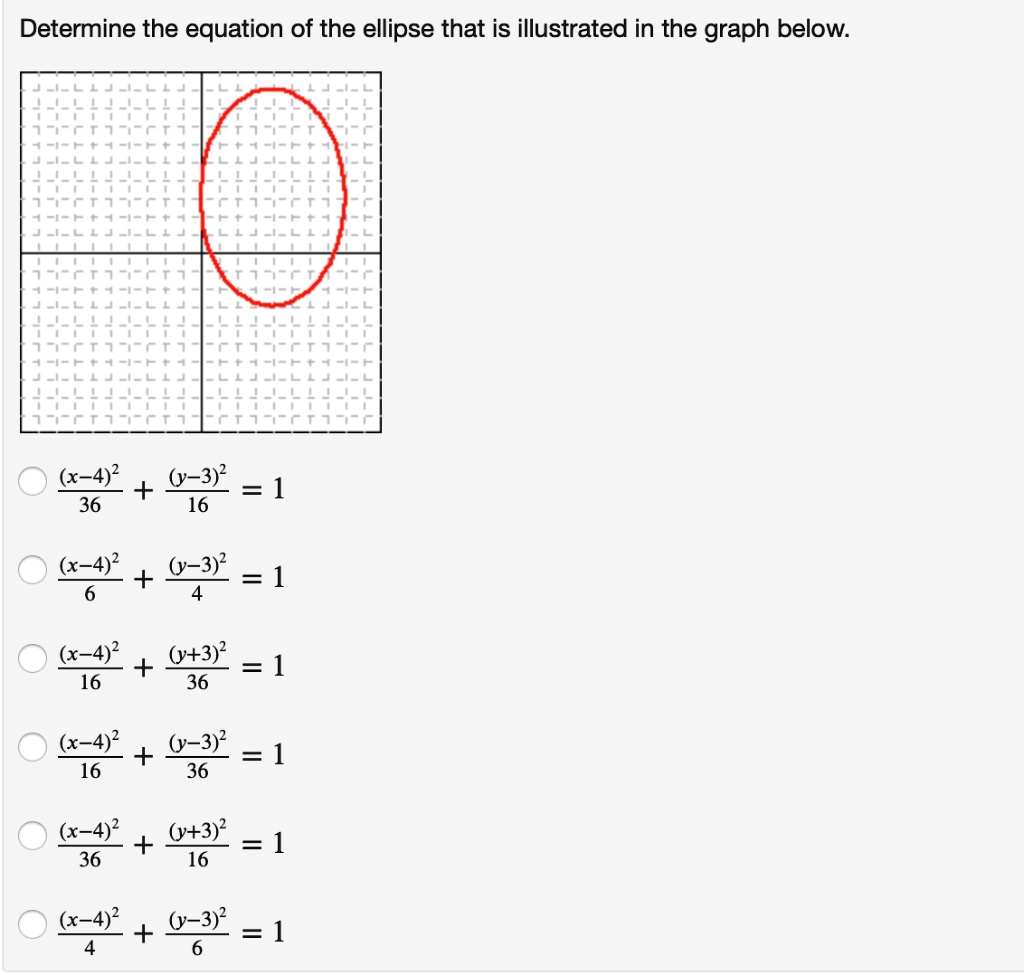



1rza Acb 0hshm
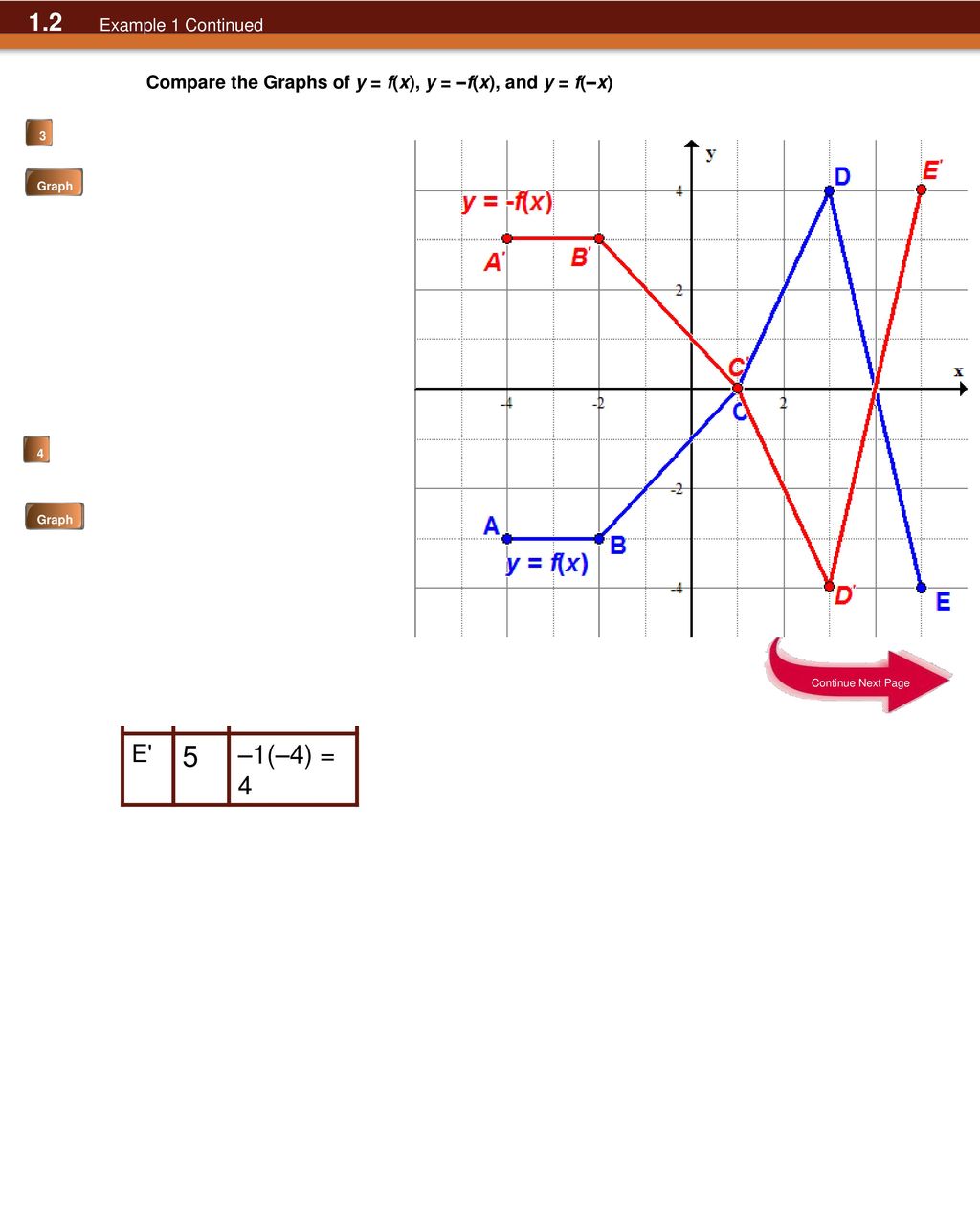



Warm Up How Does The Graph Of Compare To Sketch Both To Confirm Ppt Download




How Do You Graph Y X 3 1 Socratic
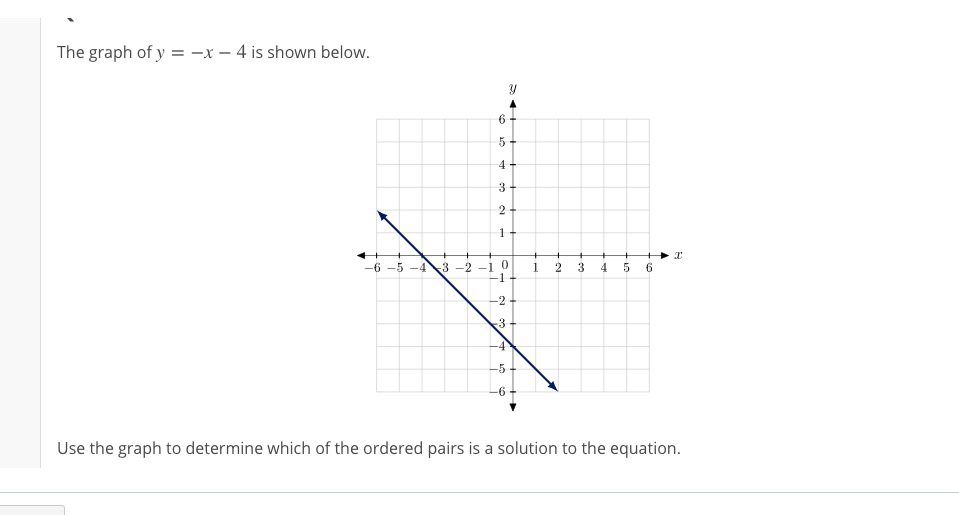



Solved The Graph Of Y X 4 Is Shown Below Y 6 5 4 3 2 1 Chegg Com




Solved Which Graph Represents The Equation Y 1 3x 4 Bottom Picture Is My Answers Brainly Com
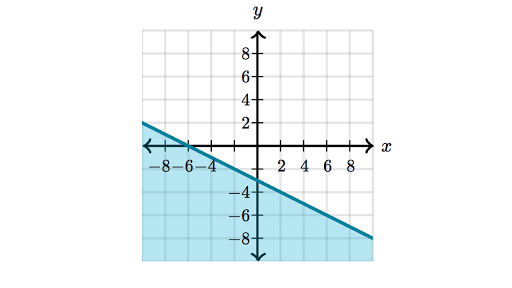



Graphing Inequalities X Y Plane Review Article Khan Academy




Graphing Systems Of Equations What Is A System




How Do You Graph Y 1x 3 Socratic




Best Answer How Do I Graph Y 3 1 2 X 3 On This Graph C I Will Be Giving A Thanks To Anyone Who Brainly Com




Graphs And Solutions To Systems Of Linear Equations Beginning Algebra




Graph Y 3 4 X 1 Youtube



Solution Trying To Check My Daughter 39 S Homework Not Sure I Remember How Q Solve By Graphing Y X 2 Amp 3x 3y 12 A She Has 12 3x 3y Amp 0 2 As Answers And A Graph




Determining Whether Graphs Of Lines Are Parallel Or Perpendicular College Algebra




Graph A Line Using X And Y Intercepts Chilimath




How Is The Graph Of Y 1 3x 2 4 Related To The Graph Of F X X 2 Socratic



Solved Use The Algorithm For Curve Sketching To Sketch The Graph Of The Function F X X 1 X Course Hero



How Do You Graph The Point 3 1 Socratic




Ex 4 3 1 I Draw The Graph Of Linear Equation X Y 4 Teachoo




The Graph Represents This System Of Equations Y Equals 4 Minus X Y Equals Y Minus 2 A Coordinate Brainly Com




Graphing Inequalities X Y Plane Review Article Khan Academy




Graphing X 3 2 Y 3 2 1 Mathematics Stack Exchange




Graph Graph Equations With Step By Step Math Problem Solver
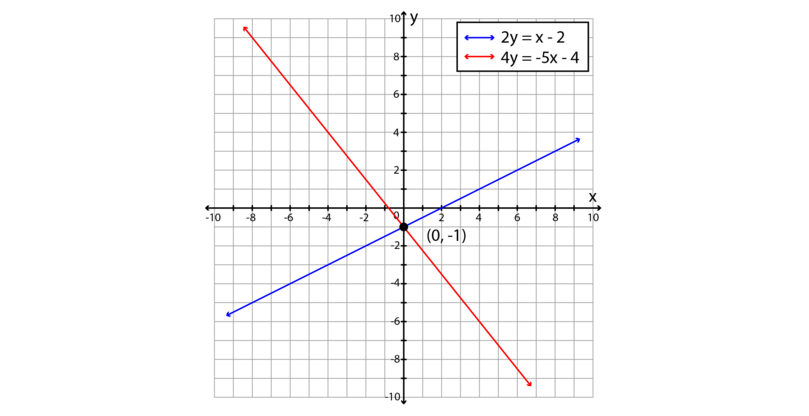



6 1 Tables And Graphs Simultaneous Linear Equations Siyavula



Graphing Equations Problems 2 Sparknotes



1




Graphing Linear Equations



Systems Of Linear Equations




Drawing Straight Line Graphs Y 10 Y 3




Graph Using Intercepts



Graphing Systems Of Linear Equations
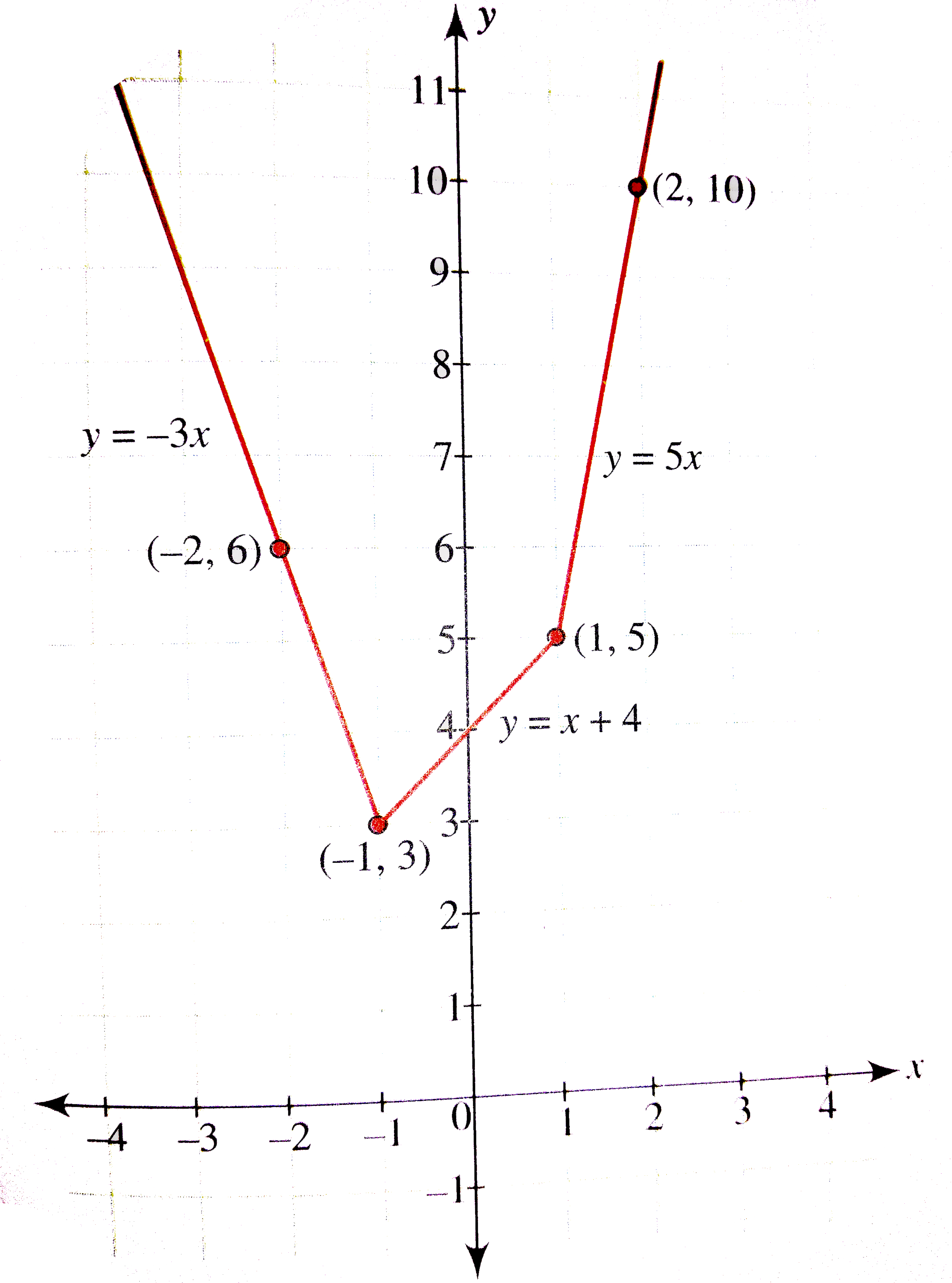



Let F X X 2 X 1 2 X 1 Find The Values Of K If F X K I Has Exactly One Real Solution Ii Has Two Negative Solutions Iii Has Two Solutions Of Opposite Sign
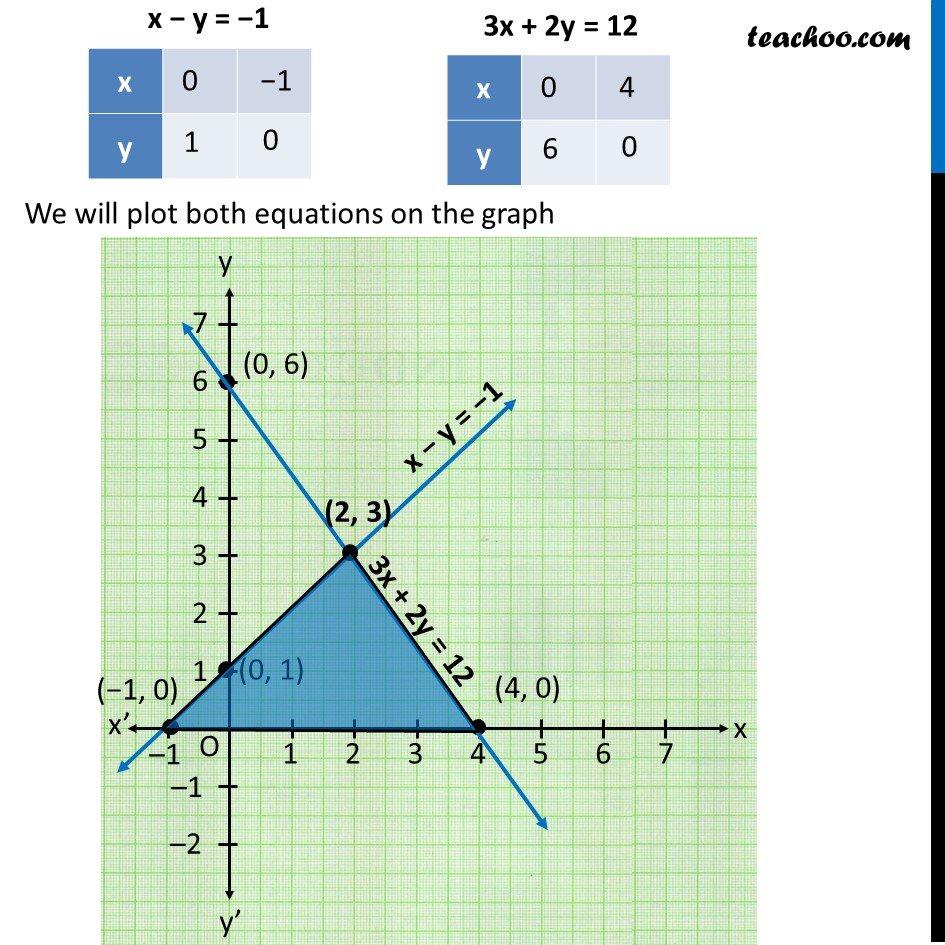



Ex 3 2 7 Draw Graphs Of X Y 1 0 And 3x 2y 12 0
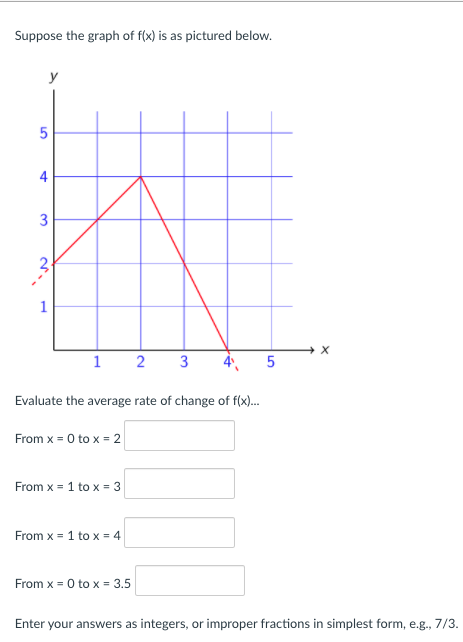



Solved Suppose The Graph Of F X Is As Pictured Below Y 5 4 Chegg Com




How Do You Graph The Inequality Y X 4 And Y 6x 3 Socratic




Solved In Exercises 11 14 Graph Overline Mathrm Xy With Endpoints Mathrm X 13 1 And Mathrm Y 4 15 And Its Image After The Composition See Example 3 Reflection In The Line Mathrm Y Mathrm X Rotation 180 Circ About The Origin

コメント
コメントを投稿